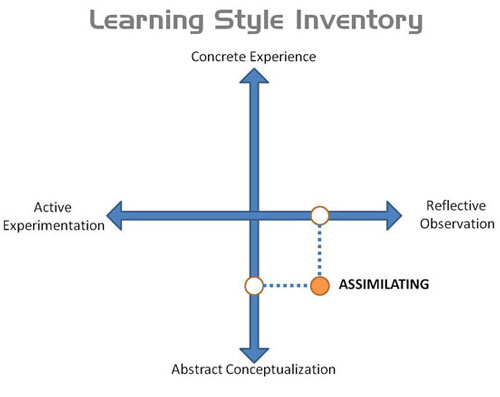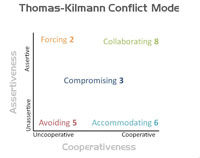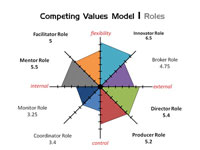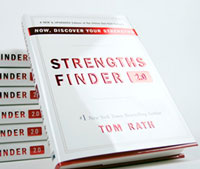-- situation map
-- assessments
-- SWOT
thoughts
work
play

Anyone who knows me will tell you how much I love a good theoretical model. One of my main interests during the course of the dMBA program has been developing visual representations of models and data. I usually call them diagrams but theoretical model sounds more expensive. I'm not a great visual designer but I recognize the power of a simple visual.
Interestingly I think this assessment is an accurate representation of my "old" learning style...say, any time before I graduated college. After I graduated, it didn't take me long to realize that learning by doing, by being actively engaged, was more interesting and more effective. You know, like in the real world.
Assimilating (watching and thinking - AC/RO) - The Assimilator's dominant learning abilities are Abstract Conceptualization (AC) and Reflective Observation (RO). This person's greatest strength lies in the ability to create theoretical models. This person excels in inductive reasoning and in assimilating disparate observations into an integrated explanation. This person, like the converger, is less interested in people and more concerned with abstract concepts, but is less concerned with the practical use of theories. For this person it is more important that the theory be logically sound and precise; in a situation where a theory or plan does not fit the "facts," the Assimilator would be likely to disregard or re-examine the facts. As a result, this learning style is more characteristic of the basic sciences and mathematics rather than the applied sciences. In organizations this learning style is found most often in the research and planning departments.
I totally disagree with the "less concerned with the practical use of theories" part. If the theory doesn't fit the facts, I'll look at BOTH the theory and the facts. That is the only option that is logically sound. Yes I do like things to be logically sound, but logic doesn't always get last word. People are rarely logical and that applies to both designers and consumers.
Interestingly my scores place me solidly in the bottom right quadrant. I would also place myself equally in the top left quadrant. I'm a dedicated prototyper and experientialist. In fact, I'm pretty sure the meaning of life is to experience.
As with most things, I'm equal parts opposing halves. In case anyone thinks I'm just trying to have it all, I'm definitely not in either of the other two quadrants. Here is the description of the top left:
Accommodating (doing and feeling - CE/AE) The Accomodator has the opposite learning strengths of the Asssimilator. This person is best at Concrete Experience (CE) and Active Experimentation (AE). This person's greatest strength lies in doing things in carrying out plans and experiments and involving oneself in new experiences. This person tends to be more of a risk-taker than people with the other three learning styles. We have labeled this person "Accomodator" because this person tends to excel in those situations where one must adapt oneself to specific immediate circumstances. In situations where a theory or plan does not fit the "facts," this person will most likely discard the plan or theory. This person tends to solve problems in an intuitive trial and error manner, relying heavily on other people for information rather than on one's own analytic ability. The Accomodator is at ease with people but is sometimes seen as impatient and "pushy." This person's educational background is often in technical or practical fields such as business. In organizations people with this learning style are found in "action-oriented" jobs often in marketing or sales."



